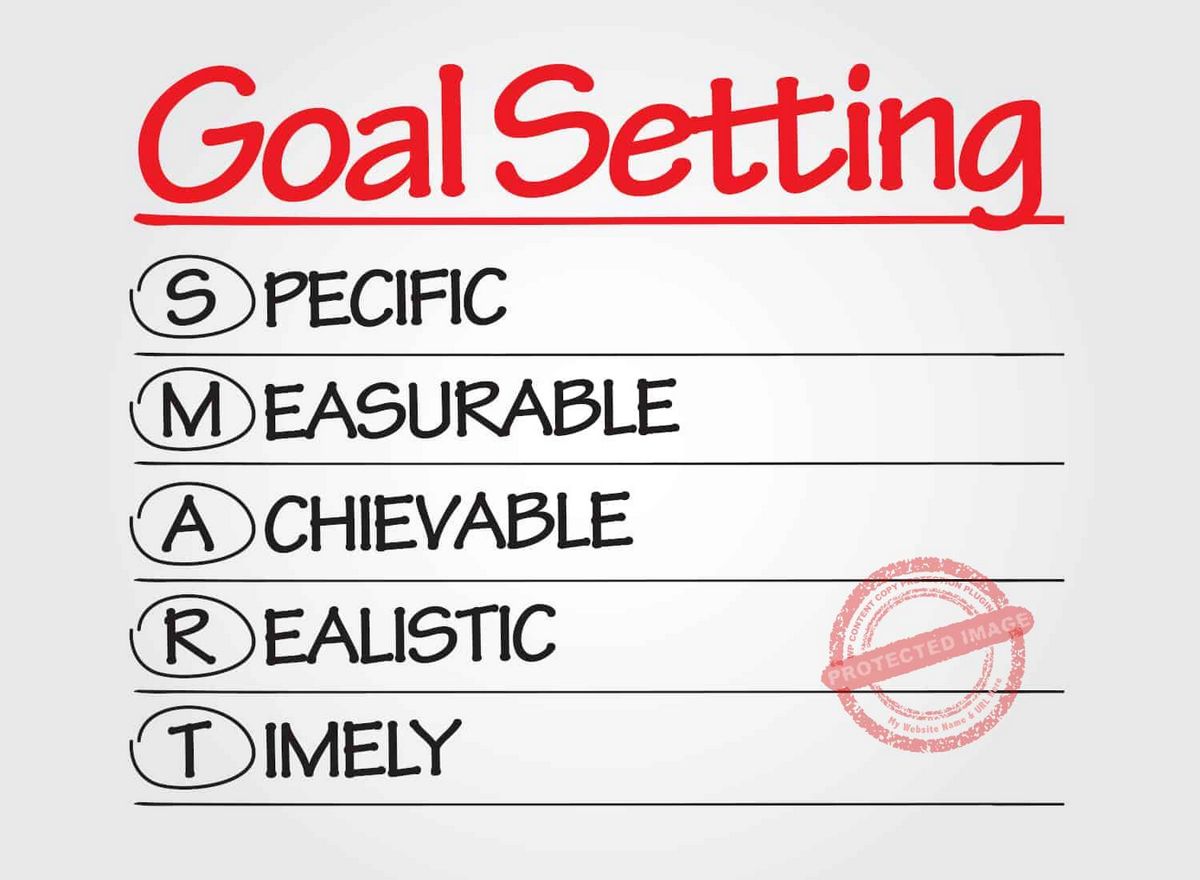
How to Set Small Business Goals
Are you happy with your business’s performance? Do you struggle to hit business targets?
In this article, we’ll show you how to set clear and actionable business goals to help you reach your full potential as an entrepreneur.
How to set achievable business goals
There is always so much to do when you’re a business owner. You need to find new clients, keep your existing clients happy, manage your finances, streamline your processes, and motivate your employees. Here’s how you sort through all that clutter and set goals to move the needle.
1. Clarify the goals you’ll prioritize
To ensure you don’t waste time and money, know your top priorities when setting company goals for the year. These should be significant opportunities or issues that can grow your business.
Use a SWOT analysis to identify potential advantages and shortcomings that can set you apart. Additionally, review your financial statements and forecasts to better understand your current financial position and identify worthwhile opportunities.
For example, if you run a local salon and revenue is down, your goals could include introducing new offerings to increase revenue from existing clients and targeting local office workers to expand your client base.
2. Review goals with your team
Sit down with your employees and get their feedback on the goals you’ve identified. They may have valuable insights that you haven’t considered. Involving your employees in the goal-setting process makes them feel valued and engaged, while also ensuring realistic and achievable goals.
3. Make goals SMART
Turn your business goals into SMART goals:
– Specific: Define exactly what you want to do.
– Measurable: Determine how you will know if you are succeeding.
– Achievable: Implement the necessary actions to reach the goal.
– Relevant: Ensure the goal connects to your objectives.
– Timely: Set a timeframe for achieving the goal.
For example, instead of setting a goal to increase client base, set a goal to gain 20 new customers from the surrounding office buildings by the end of Q2 2024.
4. Set key performance indicators (KPIs)
Establish how you’ll measure your progress by adopting Key Performance Indicators (KPIs) relevant to your goals. This allows you to track your progress and determine whether the goals are within reach.
5. Set a structure to review and revise
Schedule regular business plan review meetings to revisit and revise your goals and objectives. Use calendars, reminders, and task management software to organize tasks, set deadlines, and prompt you for repeat actions.
The importance of setting business goals
Goals provide clarity, motivate and align your team, provide a structure to measure success, and help your business grow.
Types of business goals
– Financial goals: Focus on growing or maintaining financial health.
– Customer-related goals: Better serve your target customers.
– Operational goals: Optimize workflows and streamline processes.
– Marketing and sales goals: Boost brand awareness and improve sales.
– Employee and team goals: Reduce turnover and boost team spirit.
– Sustainability and social responsibility goals: Accomplish altruistic missions.
– Innovation and development goals: Venture into new markets and embrace new technology.
– Compliance and risk management goals: Ensure legal compliance and avoid pitfalls.
Choosing the right goals is a process
Selecting goals and creating a plan takes time. Regularly review and pivot if something isn’t working. Goal setting is just the start, and there are plenty of other ways to manage and grow your business.
Hello!
I’m Andrew Brooks, a seasoned finance consultant from the USA and the mind behind phonenumber247.com.
My career is built on a foundation of helping individuals and businesses thrive financially in an ever-changing economic landscape. At phonenumber247.com, my aim is to demystify the complex world of finance, providing clear, actionable advice that can help you navigate your financial journey with confidence. Whether it’s personal finance management, investment strategies, or understanding the nuances of market dynamics, I’m here to share insights and tools that can propel you towards your financial goals.
Welcome to my digital space, where every piece of advice is a step closer to financial clarity and success!
